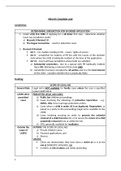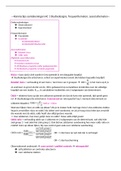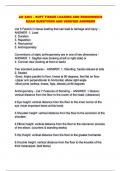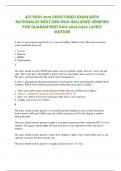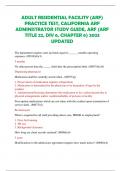Tentamen (uitwerkingen)
LPC - Family Law Exam Revision Notes - 2022/23
- Vak
- Instelling
Family Law Revision Notes for LPC Exam. I achieved a distinction using these notes (70%). They are very simple to follow and are tailored to answer the LPC questions.
[Meer zien]
